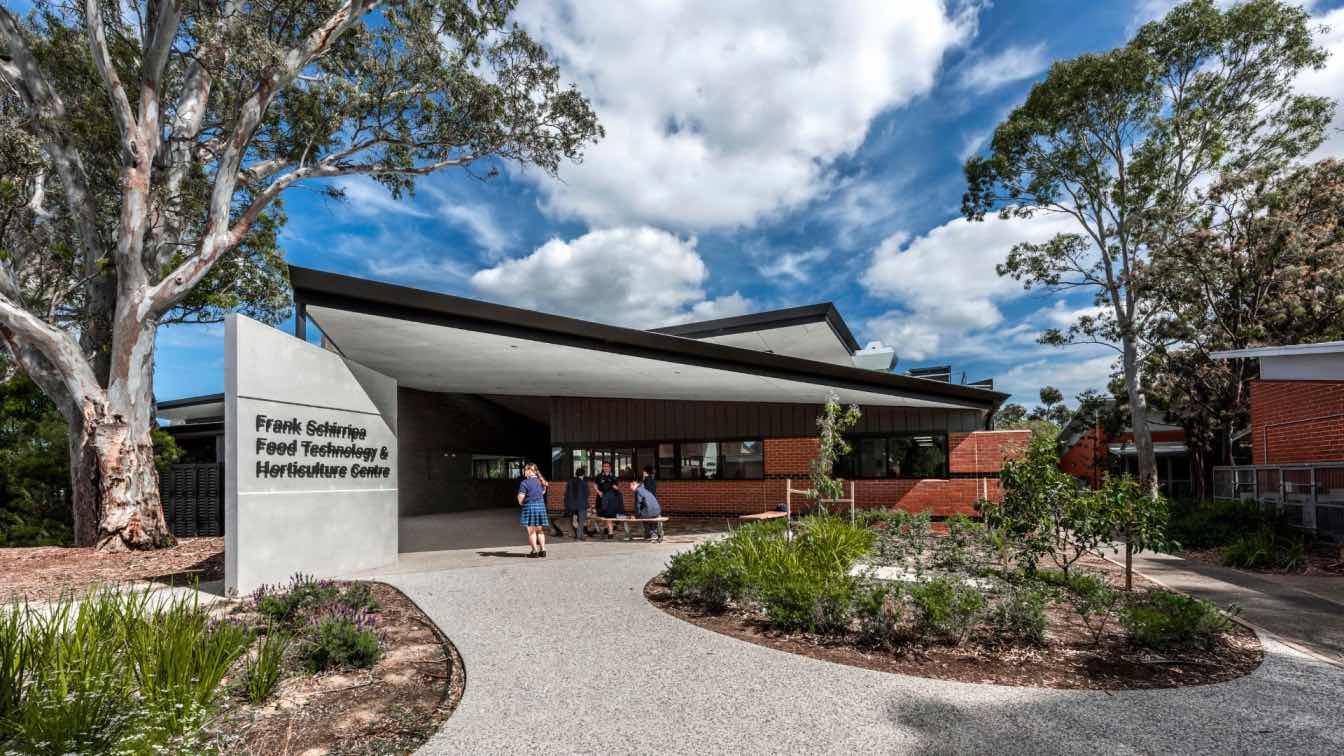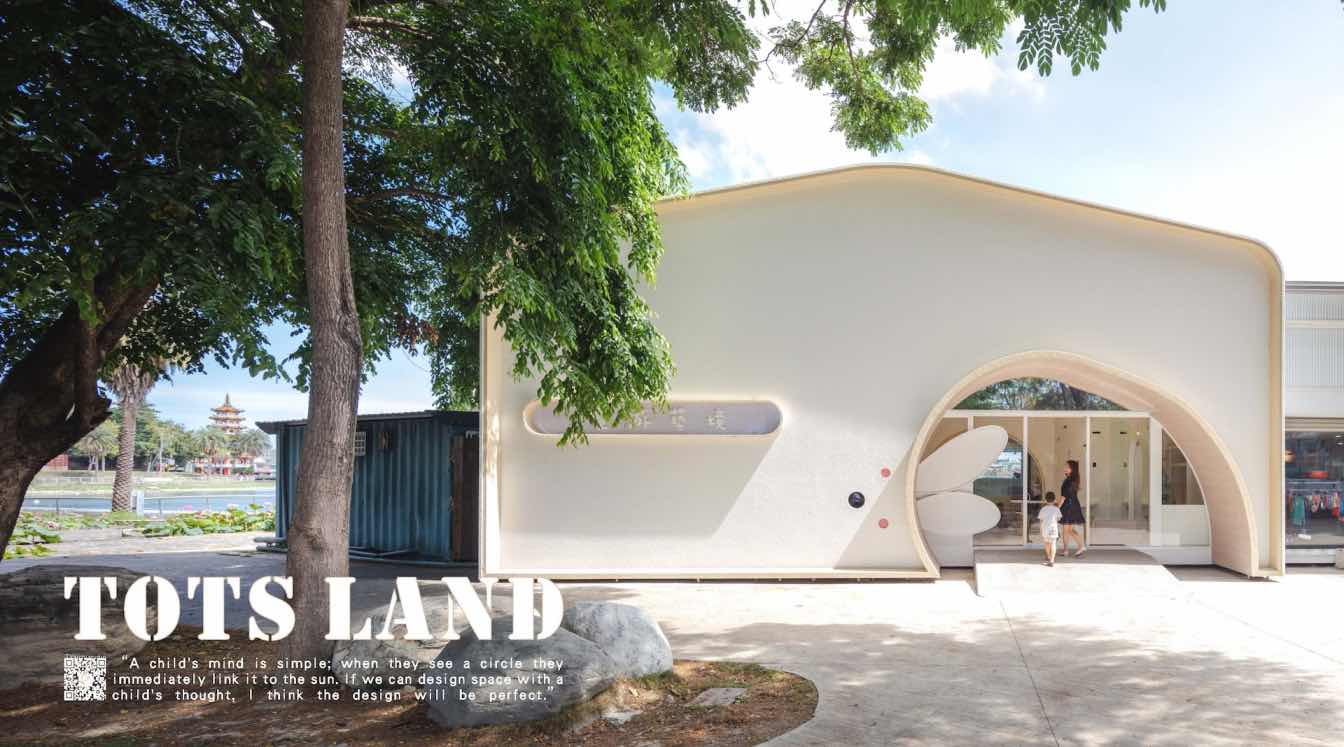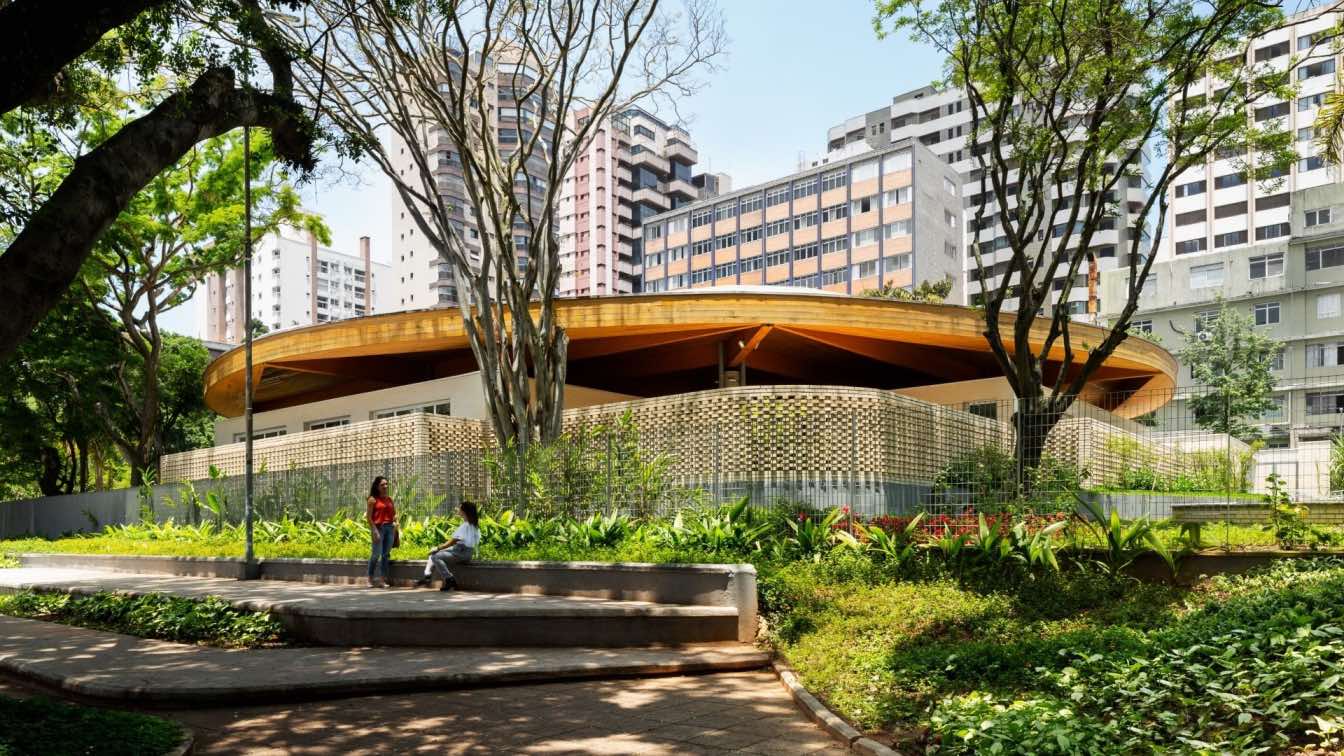gad: In the mountain city of Chongqing, there is such a middle school that integrates individualized educational thinking into the campus environment. It is like a spaceship that landed on the earth out of nowhere. The conflicting and inclusive traits are just rightly integrated, which makes you wonder whether there a possibility to subvert the known outside the traditional educational space.
Title Interpretation – Thought of the New and Old
Chongqing Nankai LiangJiang Secondary School is located in Longxing Development Zone, Liangjiang New District, Chongqing City. When you enter the campus, you will feel its unconventional space shaping. Thanks to the School’s great tolerance of the design ideas, it is the entry point for the design to give full play to the design ingenuity within a limited venue and achieve maximized functions, while improving the space efficiency and enriching campus life.
The teaching buildings of the headquarters campus present a layout of encompassing the library. It is speculated that the campus space scale of such a layout is more abundant, so the current design also follows the spatial logic of the headquarters campus of Chongqing Nankai Middle School. However, within the base area, the height difference, noise, and land use range constitute the design constraints. Not only the space efficiency is taken into consideration, the spirit of openness and enterprising in the campus culture of Chongqing Nankai Middle School also affects the consideration of the design of the Secondary School.
Conception – Fun of the Inside and Outside
The curriculum schedule in secondary schools is commonly intense. For students and teachers, the efficiency of the space is closely related to them. In the only 10-minute break time, they need to have a short break and prepare for the next class. In order to achieve an efficient class transfer route, a continuous and clear traffic streamline is adopted for the outer ring of classrooms, while the route of the inner ring of classrooms is relatively free and blurred, making walking in the space full of efficiency and fun. In traditional campuses, nature and education are like two separate systems that arenaturally blocked, so the architects want to introduce nature into the campus. Outside the annulus teaching buildings, there presents forest state, which separates the hustle and bustle of the city. A central garden is set up in the inner ring, with overlapping and undulating objects, ensuring the transparency and connection between the inside and outside.
Along the outer ring and the inner ring, there are different teaching spaces of different sizes. The outer ring of classrooms emphasize efficiency on the streamline. The inner ring of classrooms are generally those for elective courses that are more active, which are freely distributed. Beyond the annulus buildings, there is the students’ accommodation building that forms a “10” shape with the teaching buildings in the plane view. The arrangement is actually to facilitate the division of functions and streamlines, to fully accommodates the necessary functions within the limited land area, and to avoid the staggered influence of streamlines. The forest and the canyon inside and outside the ring seem to be clearly separated by a line.

Growth – Static and Dynamic States
A campus with orderly arranged static and dynamic spaces will serve as a vitality catalyst for the 10-minute break time between classes. The inner courtyard is full of ups and downs like a canyon. The academic lecture hall and the auditorium are built along the way, where the ecological atmosphere is not scarce. The inner modular ceiling provides the necessary light control for the site, and the vertical facade uses vertical grilles to block the direct light of the blackboard area, which also adds some rhythm to the space. After class, the originally quiet campus is instantly rejuvenated. There is a football field, a basketball court and other sports venues in the School. The rooftop of the annulus buildings is also a 628-meter-long footpath, allowing the teenagers to shape and grow their body, personality and thoughts at the same time of gaining knowledge.
Epilogue
Furthermore, there are many “fuzzy spaces” in the courtyard. In addition to the consideration of teaching functions, life scenarios and landscape space, the designers deliberately leave some places blank, allowing users to discover and activate them, creating the unknown vitality sites.



































